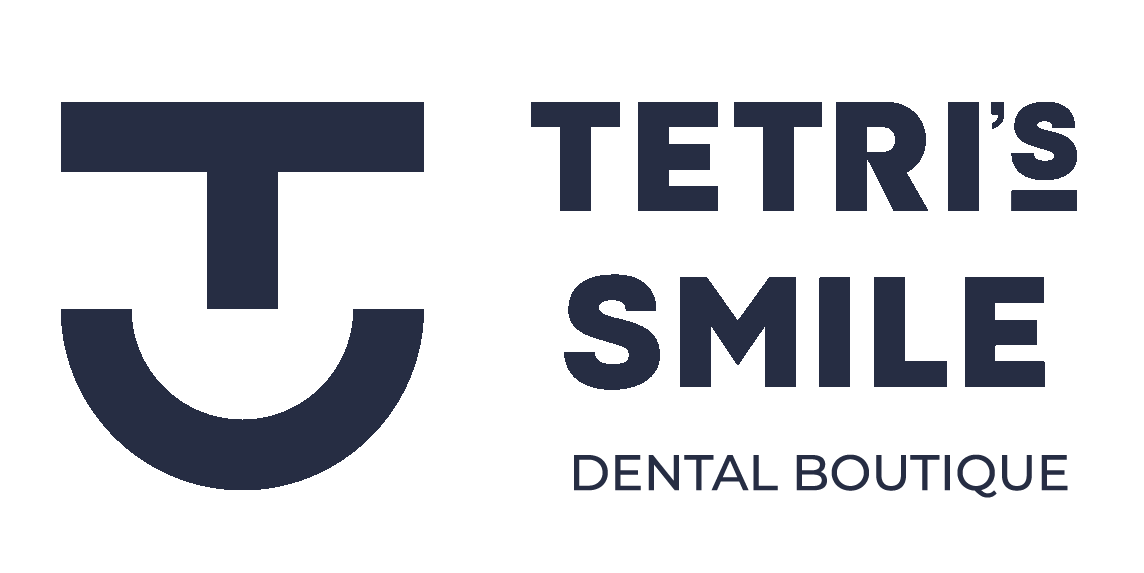Neuromuscular Dentistry
Dr. Baruch offers gneuromuscular dentistry services (GNM), and Tetri’s Smile is one of the few clinics in Florida that provide these services. At Tetri’s Smile Dental Boutique, we not only eliminate any visible defects, but address the underlying cause of the problem, at the deepest neuromuscular level. Come to my clinic – Tetri’s Smile Dental Boutique – for a consultation.
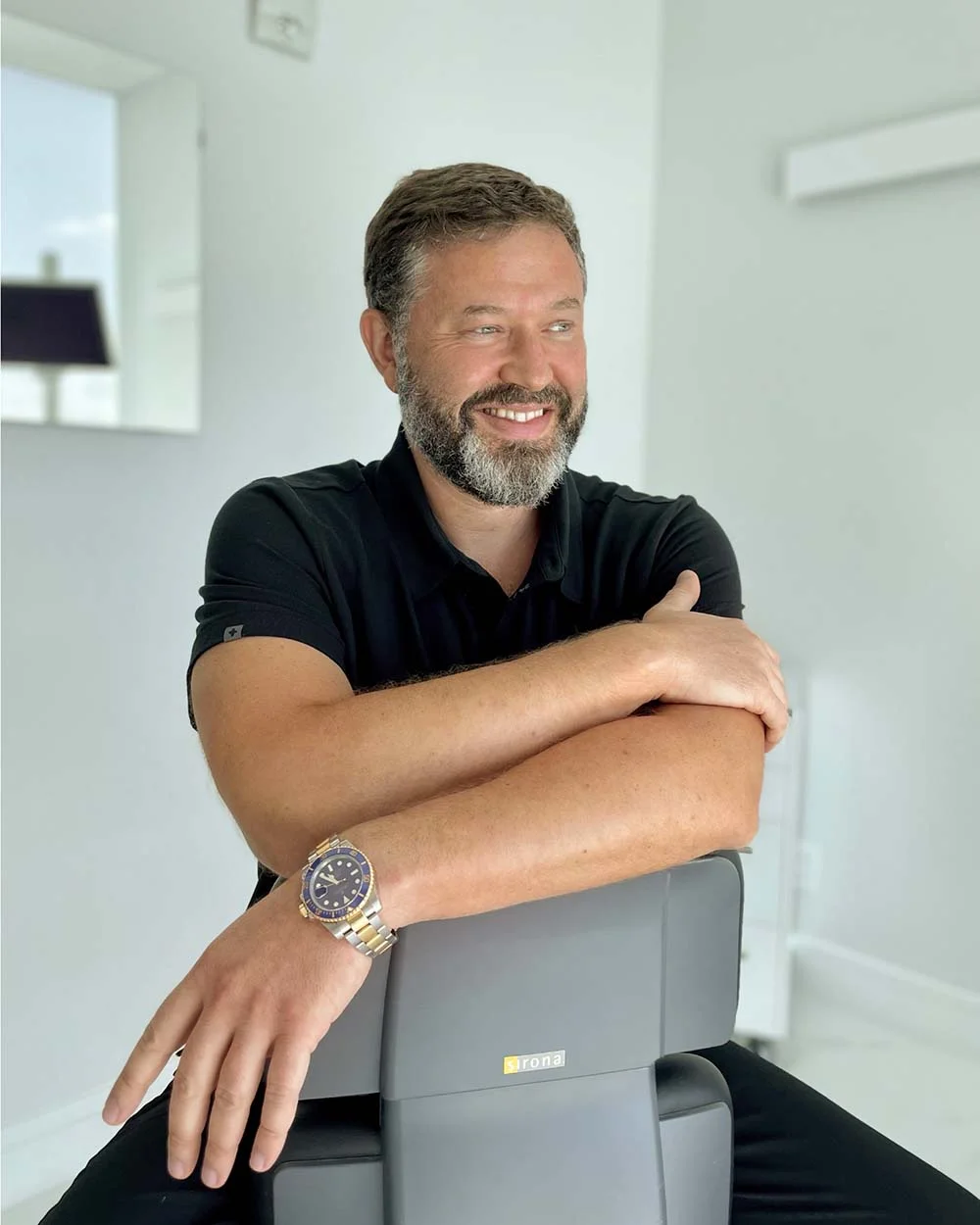
He was trained at Occlusion Connections’ (OC) advanced training center, by an innovator in the field of dentistry, Dr. Clayton A. Chan.
HE IS A FACULTY MEMBER AT NOVA SOUTHEASTERN UNIVERSITY.
Sign up for a consultation if you have:
- restricted jaw movement/locking
- severe tooth wear
- clicking when opening the mouth
- bite problems
We will discuss your symptoms, and establish a treatment plan that goes along with gneuromuscular dentistry (GNM).
Statistically, 90% of all TMJ dysfunctions are related to problems on the muscular level.
Why do we suggest GNM and not NMD?
Diagnostics
K7 CMS (lower jaw motion scan)
TENS (ultra-low-frequency electromyostimulation)
A special apparatus stimulates the facial and trifacial nerves, relaxes the muscles of the head and neck (spastic pathology is eliminated). In addition to the relaxing effect, TENS “upgrades” the muscles, determining the optimal position of the lower jaw.
We use a J5 myomonitor (wave range: 0.5–10 Hz; safe for the patient’s health), which has proven its effectiveness in relaxing the muscles. J5 Dental TENS helps eliminate muscle spasms that deform the jaw (pull, twist). It is indicated for diagnosis of the trifacial and facial nerves.
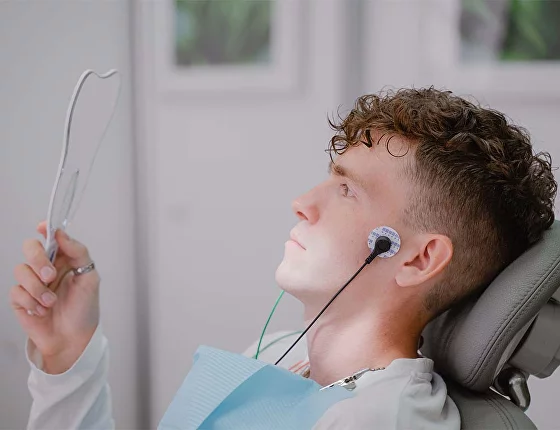
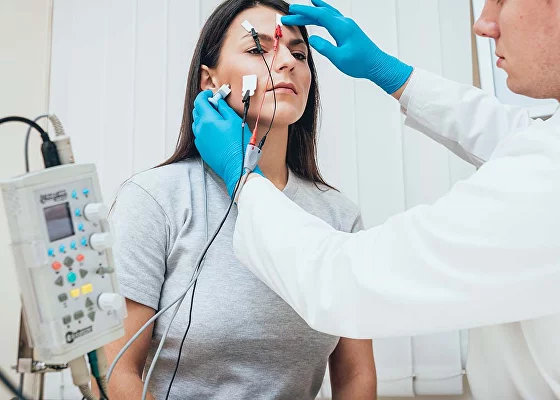
K7 EMG (electromyography – measurement of muscle activity)
Special surface sensors are placed on the face (in the area between the temporal lobe to the mandibular joint). They assess the position of the entire masticatory musculature (at rest and activity) relative to the correct occlusion. This procedure helps us find out the smallest deviations (accuracy up to 10–20 microns) and determine the degree of muscle contraction.
EMG combined with TENS helps to accurately diagnose the source of the problem (checks the neck muscles and mandibular joints). This gives the dentist a better understanding of how to adjust the occlusion in the best way possible.
ESG (electrosonography)
CREATING A MOCKUP
Based on the data obtained, a three-dimensional, digital model of the smile is created. A visual transfer of the mockup to the oral cavity is performed (using special software). Thanks to this, you can clearly see the final result before you start treatment, with the help of the neuromuscular dentistry technique.
In order to diagnose occlusal problems, it is not enough to just use modern equipment. You need a dentist who is experienced in collecting and understanding the data – Dr. Baruch Tetri is one of them. There are many examples of successful work that was done with the use of neuromuscular dentistry.
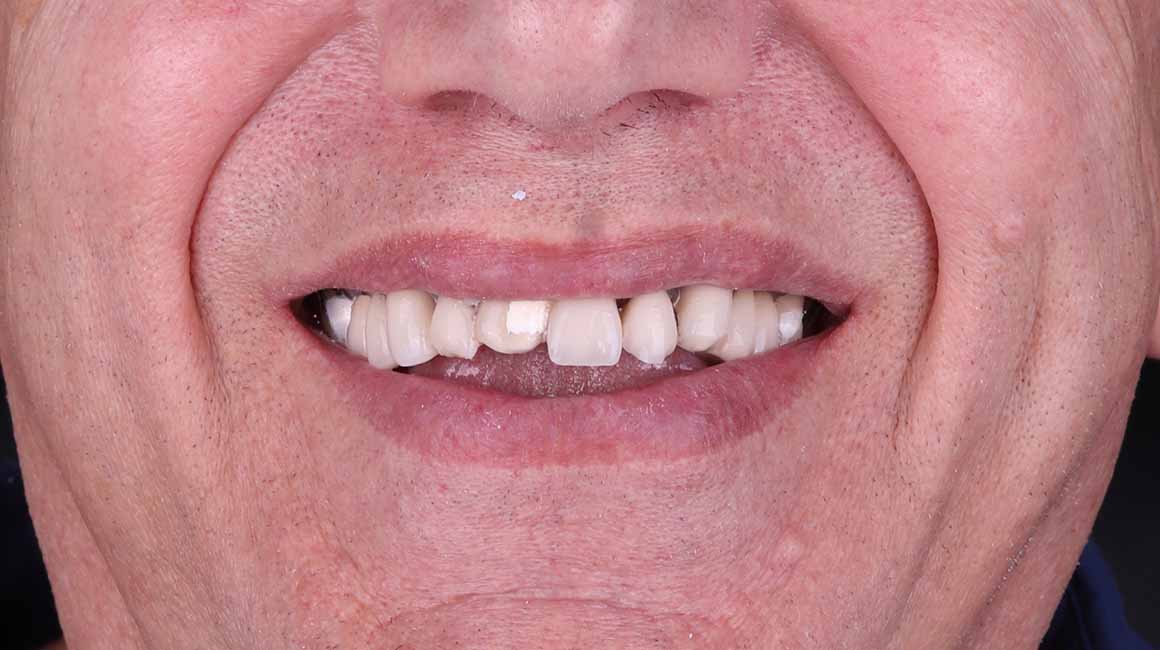
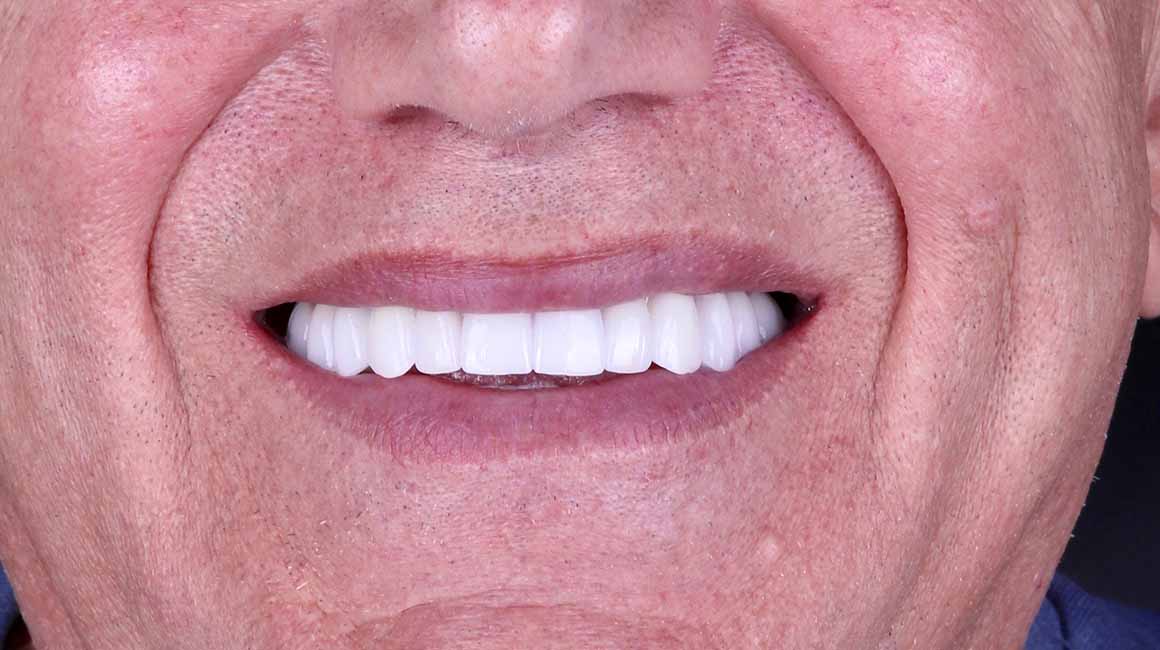
Treatment
In most cases, the TENS machine is used first. It helps relieve muscle spasms and pain. The following may be prescribed (depending on the situation): a massage of problematic muscles, warm facial compresses, pain relievers or mild muscle relaxants.
Then, one of the following methods (or a combination) is applied (depending on the clinical picture).
For minor abnormalities, selective grinding of the tooth enamel is performed, in order to improve contact. Articulating paper and occlusal wax are placed inside the patient’s mouth to identify the areas of concern.
In the advanced stage of periodontitis complicated by bruxism, flat, rigid, soft, upper, lower splints, with partial or full coverage, are placed on the lower jaw. They increase the height of the teeth by relieving stress on the muscles of the jaw (no straining is necessary to bring the teeth together). The type of structure used is determined by the dentist, depending on the case.
This includes the removal of dental defects with crowns, veneers, implants, followed by prosthetics. In some cases, full mouth reconstruction with ceramic/zirconia crowns is required.
Assessing the result is a mandatory step after treatment. We schedule routine check-ups every 2 weeks, over the course of 1–2 years (depending on the work done). For example, temporary crowns may be corrected during examinations (in order to stabilize the bite).
Summary
Gneuromuscular Dentistry by Dr. Baruch Tetri aims to establish the cause of the pathology. Then, he is able to resolve your problems on a deeper, more profound level.
We restore perfect occlusion and provide full functional and aesthetic dental rehabilitation. We improve the physical and emotional condition of the patient for many years to come (relaxed jaw joints, reduced and eventually stopped headaches, neck pain).
